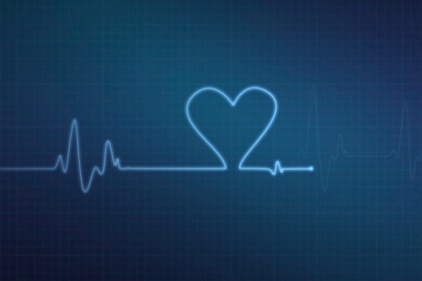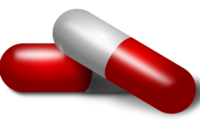 Controlling your high blood pressure and high cholesterol may cut your risk for heart disease by half or more, yet fewer than one in three people are doing it, according to new research in the American Heart Association (AHA) journal Circulation.
Controlling your high blood pressure and high cholesterol may cut your risk for heart disease by half or more, yet fewer than one in three people are doing it, according to new research in the American Heart Association (AHA) journal Circulation.
Researchers also found:
- Prescribing medications to better manage blood pressure and cholesterol would greatly benefit people who are older, diabetic, have cardiovascular disease or are Hispanic or African-American.
- Going to the doctor at least twice a year could help.
Undertreated high blood pressure and cholesterol affect millions of Americans — posing a major public health threat, said Brent M. Egan, M.D., lead study author and a professor of medicine and pharmacology at Medical University of South Carolina in Charleston, S.C.
“The reality is, we know more than enough to prevent 75 percent of heart disease and strokes, but we’re not doing everything we could be doing or even doing it at a reasonable level,” he said. “We’ve made some gradual improvements over the years, but there is still a lot of progress to be made.”
High blood pressure affects about 33 percent of the U.S. adult population and doubles the risk for heart disease. About 32 million Americans have dangerously high total blood cholesterol levels of 240 mg/dL or higher. Previous research indicates that treating high blood pressure reduces the risk of heart disease by 25 percent and treating high cholesterol in hypertensive patients can lower the risk by more than 35 percent, researchers said.
The findings are based on data of more than 17,000 American adults who participated in the National Health and Nutrition Examination Surveys during in 1988-94, 1999-2004 and 2005-10. In addition to reviewing patients’ blood pressure and cholesterol levels, researchers considered race, age, insurance status, whether patients smoked, had diabetes, had diagnosed heart disease and/or chronic kidney disease, and if they visited a doctor every year.
Cholesterol readings need closer attention, Egan said. “If patients’ cholesterol tests show a good high-density lipoprotein (HDL) level, which is the healthy, protective cholesterol, then the low-density lipoprotein (LDL) number might get overlooked. Unfortunately, not all HDL is equally protective and some people with a normal HDL are at high risk. In those patients, there might be a false sense of assurance that cholesterol really isn’t a problem. But LDL and non-HDL readings are the ones to really watch. Patients seeing their doctors for blood pressure treatment should ask about their LDL and non-HDL levels and make sure both are under control at the same time.”
Co-authors are: Jiexiang Li, Ph.D.; Suparna Qanungo, Ph.D.; and Tamara Wolfman, M.D.







